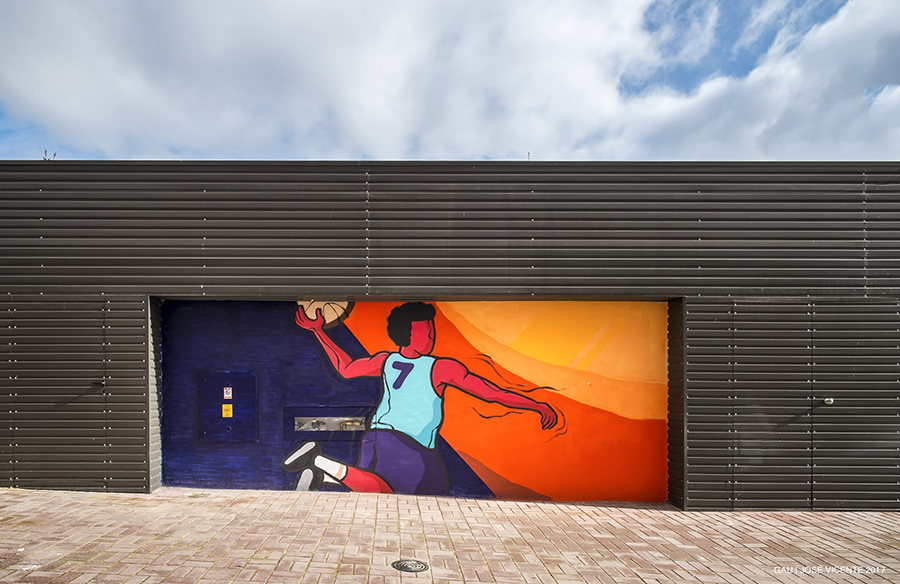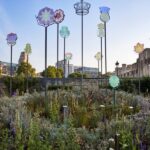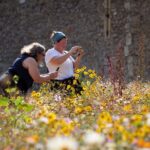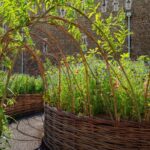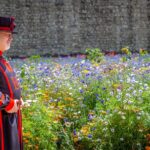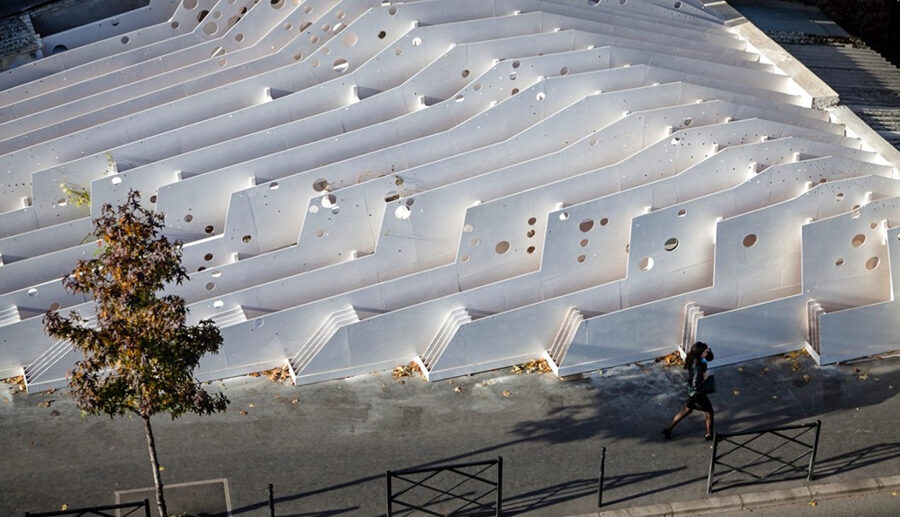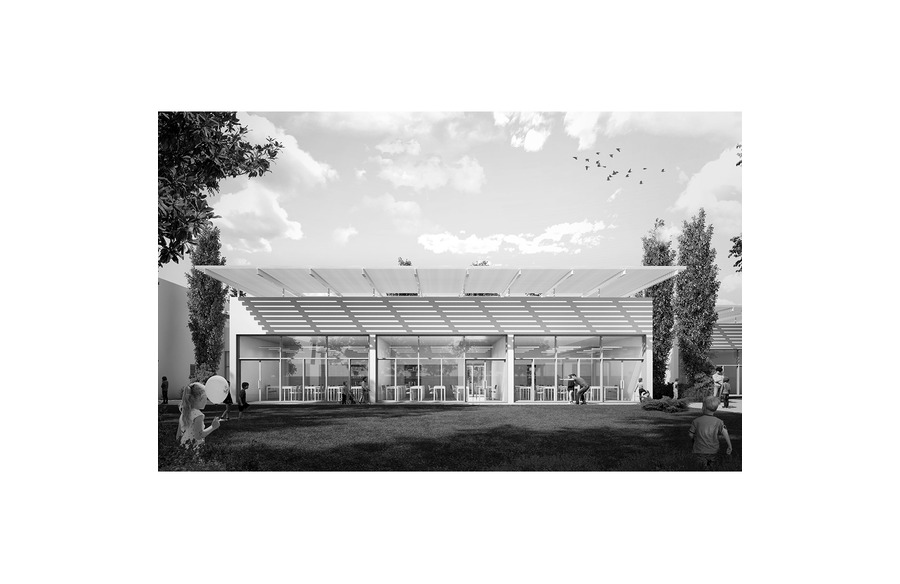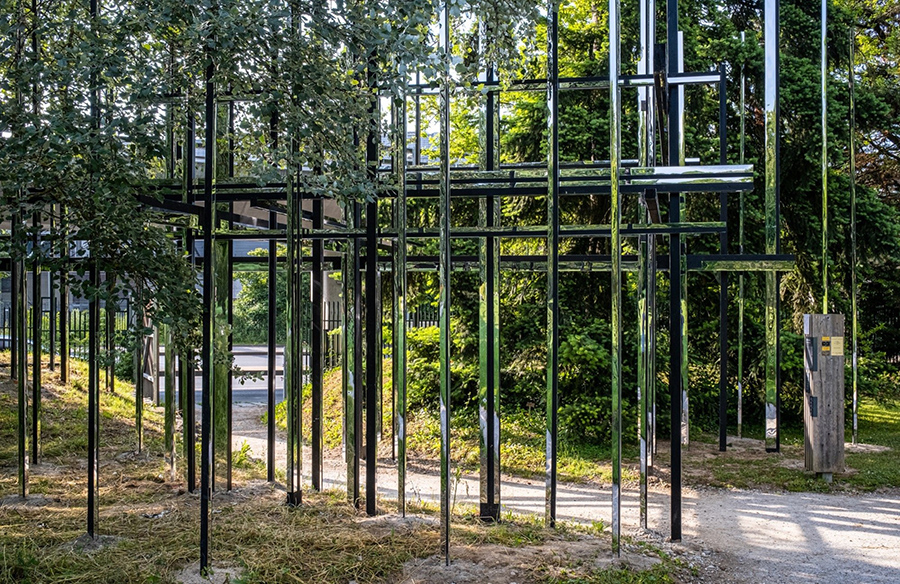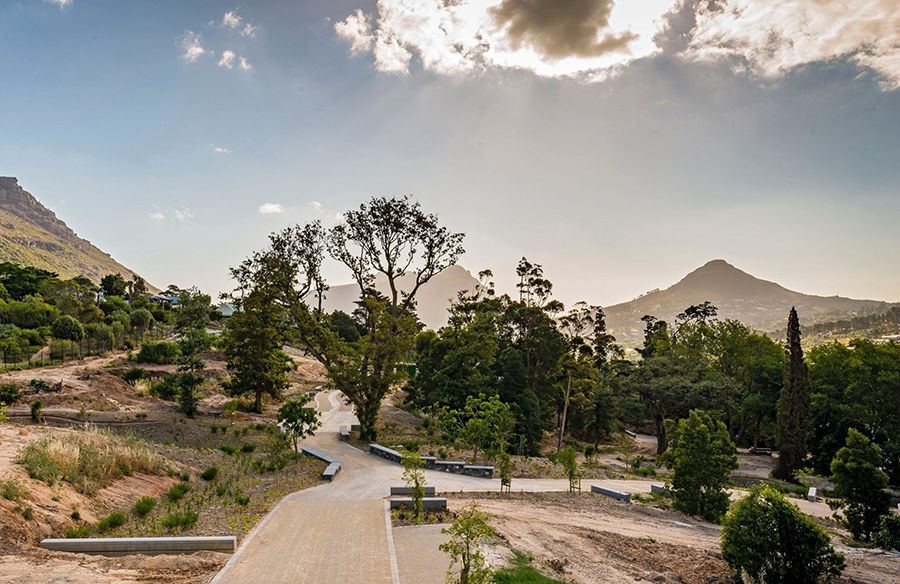Superbloom at The Tower of London A Nature Celebration

For visitors accustomed to the solemnity of the Tower of London, the Superbloom event that graced the site from June to September 2022 brought a delightful surprise. Superbloom, a nature-focused attraction, celebrated the significance of nature in our collective wellbeing by transforming the historic moat into a vibrant tapestry of spring and summer colors.
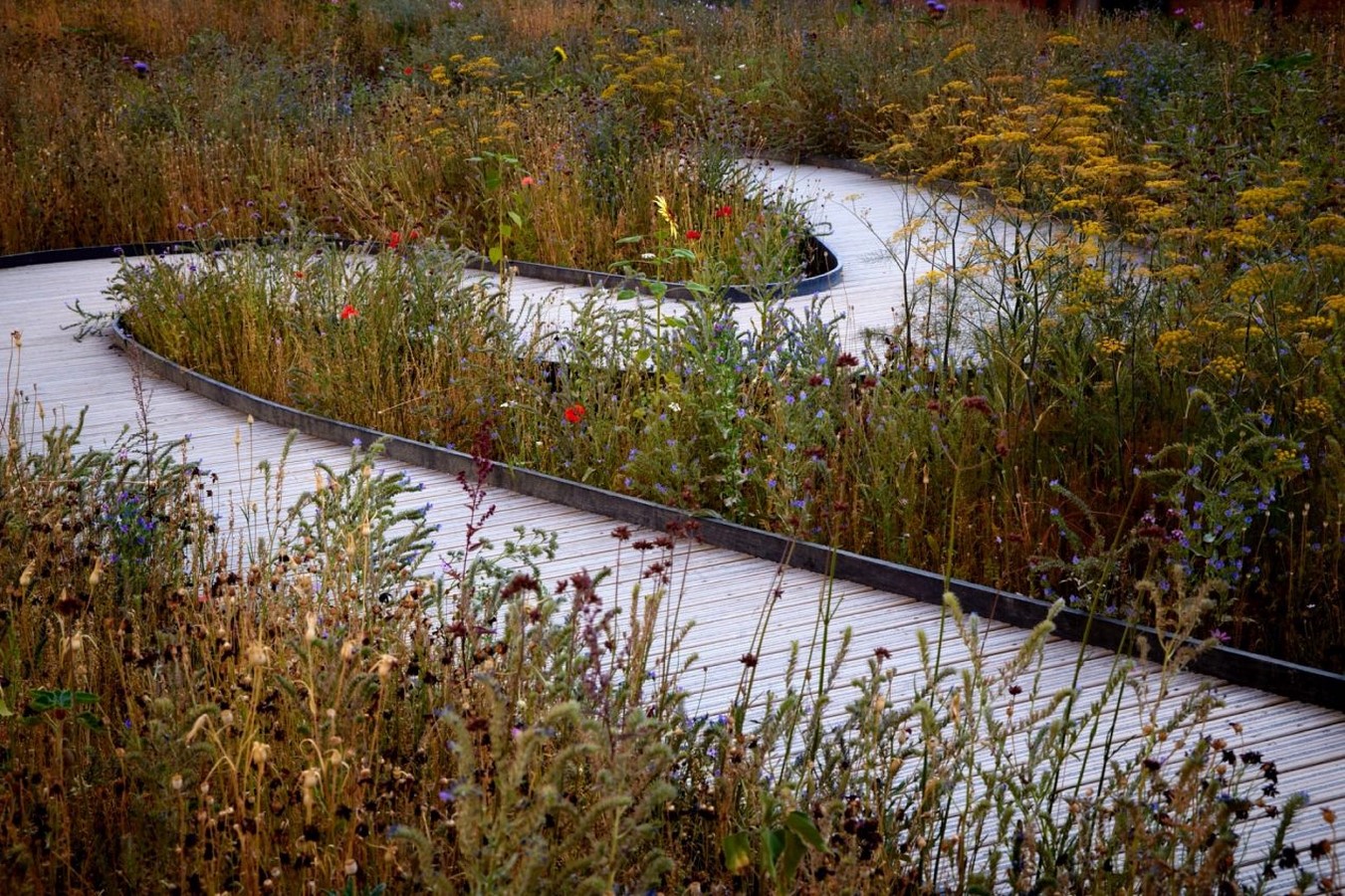
Project Challenges and Goals
Executing the Superbloom project presented numerous challenges due to the site’s historical importance and environmental constraints. The aim was to create a stunning display of annual flowers to coincide with the late Queen’s Platinum Jubilee, while also enhancing biodiversity and addressing climate considerations. Despite these challenges, the project attracted over 250,000 visitors and garnered extensive media coverage.


Technical Innovations
To realize the vision of Superbloom, several technical challenges had to be addressed. Unsuitable moat soil required the importation of new soil profiles while adhering to strict archaeological guidelines. Tailored design approaches were employed to accommodate microclimates across the moat, impacting seed germination and flowering duration.
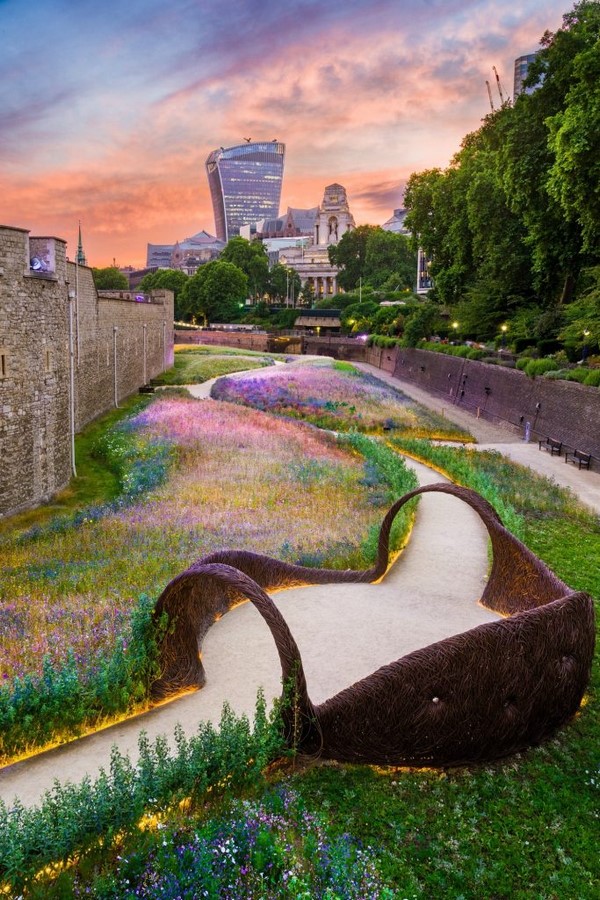
Ecological Impact and Infrastructure Improvements
Over 20 million seeds from diverse species were distributed across the moat, aiming to create a dynamic field of flowers and enhance biodiversity. Ecological surveys revealed a significant increase in habitat variety and native species support. Infrastructure improvements included drainage enhancements, a new irrigation system, and atmospheric lighting and soundscape installations to enrich the visitor experience.

Conservation and Planning
The project faced stringent planning requirements due to the Tower’s status as a Scheduled Ancient Monument and World Heritage Site. Detailed visitor management strategies were implemented to ensure safe and inclusive access for all.

Legacy and Future Initiatives
Superbloom not only provided a unique visitor experience but also served as a model for reimagining urban green spaces in response to climate change and biodiversity loss. Lessons learned will inform future initiatives, emphasizing the importance of microclimate understanding, water management, and habitat optimization.

Conclusion
Superbloom demonstrated how ambitious projects can transform traditional landscapes into resilient ecosystems that delight visitors while addressing environmental concerns. It turned a historic moat into a vibrant escape for the local community, a top visitor attraction, and a sanctuary for wildlife, particularly pollinators and birdlife.


